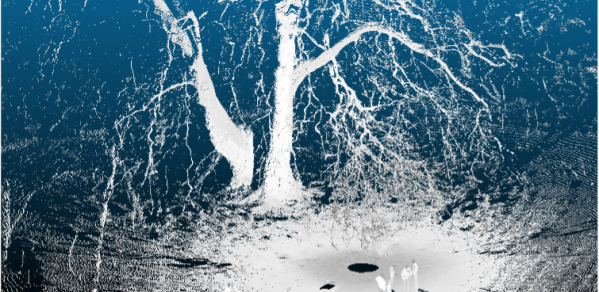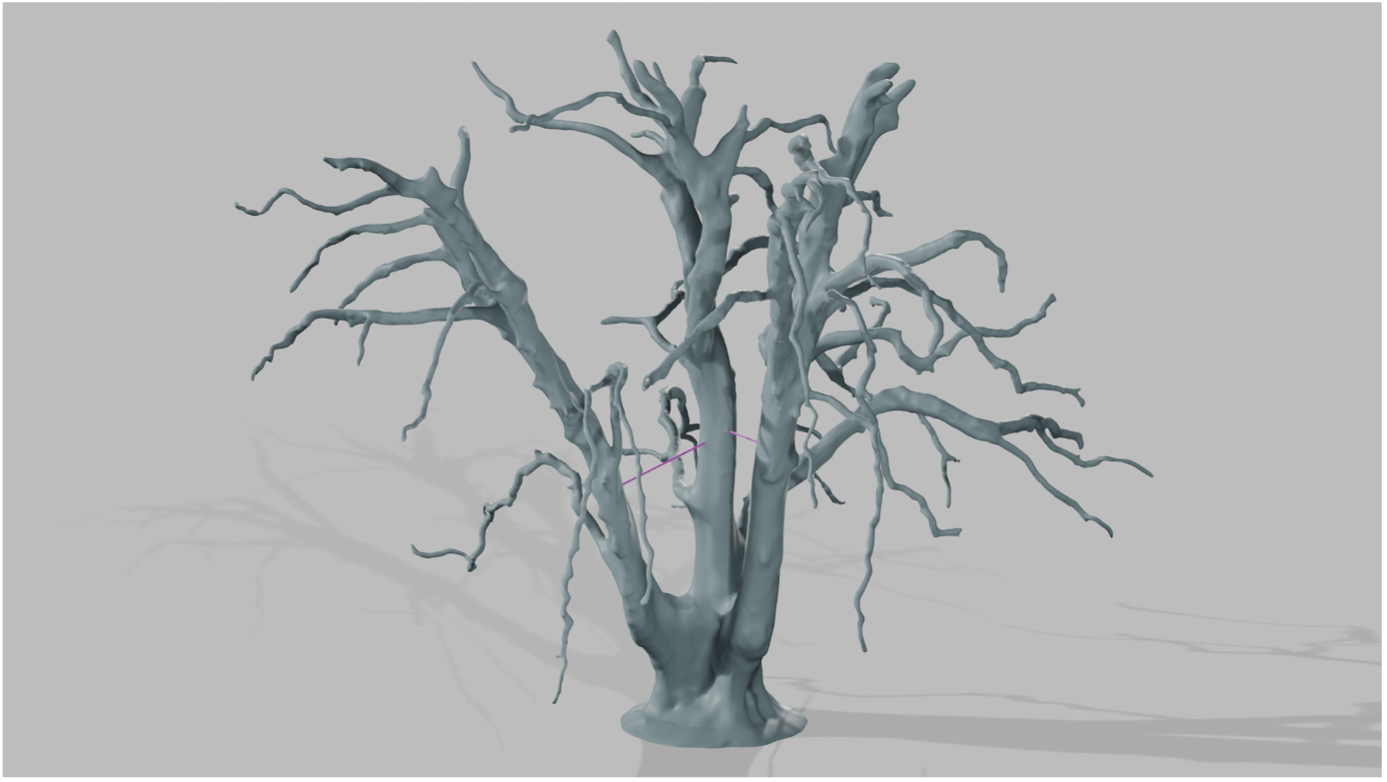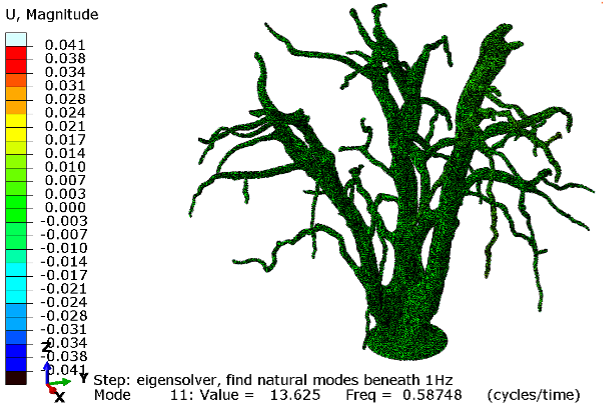
Using structural modelling and vibration measurements to help guide the thinking around ways of ‘saving’ the largest London Plane tree in the UK, this conservation project offers significant potential to inform the way in which we conserve our ancient trees.
Our aim has been to complement the arboricultural design with some engineering analysis using a structural model.
Dr James Talbot
The Great London Plane tree of Ely in East Cambridgeshire was planted around 1674 in the gardens of the Old Bishop’s Palace home to The King’s School Ely Sixth Form Centre. The tree is believed to have been a gift from King Charles II to the Bishop of Ely.
Now the largest London Plane in the UK and one of the oldest, at around 360 years old and over 42m tall, it is recognised by The Tree Council as one of the Top 50 Great British Trees. The tree is in good health but, following a whole-tree morphophysiological survey commissioned by King’s School Ely, the custodians of the tree, it is clear that some extra support is now required to ensure that it continues to prosper into the future.
King’s School Ely approached Cambridge Engineers, Dr James Talbot, Dr Sam Cocking, Paul Fidler and Jonah Barretto who have been working alongside the Italian arborists, Gasperini Stefania & Co. to offer a unique engineering perspective on the problem and its solution: a new cable bracing system that provides structural support to the tree whilst allowing it to move as naturally as possible.
Dr Talbot explains: “Our aim has been to complement the arboricultural design of the cabling arrangements with some engineering analysis using a structural model. We’ve developed a finite-element model of the tree, having used a laser scanner to scan its geometry and a system of accelerometers to measure its dynamic response to wind loading. The vibration data helps us to validate the model in such a way that it may be used to assess the potential bracing arrangements. We use real-time monitoring to continuously log the accelerometer data – something that we are used to doing at the Cambridge Centre for Smart Infrastructure and Construction (CSIC) but on typical engineering structures rather than a living tree! One of the reasons for monitoring is to establish the seasonal variations in the response and, we hope, enable a before-and-after assessment of the final bracing system”.
He said the engineers hoped to understand how to share the load of a "poorly branch" among healthier branches using the model of the tree. Engineers are more used to working with seasoned timber than living wood - if they work with wood at all, he added.
 The geometric model developed from the point-cloud
The geometric model developed from the point-cloud
The award of a National Lottery Heritage Fund grant is testament to the fact that this a very special tree. The project is unique in bringing together arboriculturists, ecologists, engineers and educators, as well as attracting interest from a number of national institutions, including Kew Gardens, The Woodland Trust, The Tree Council, and the Arboricultural Association. It has significant potential to inform the way in which we conserve our ancient trees, as well as contributing to our scientific understanding of trees more generally.
The conservation work is set to start in July, and real-time data monitoring will be gathered in order to assess the new bracing and pruning regime across the seasons, with the information collected made available to help inform conservation efforts for other heritage trees.
 The finite-element model
The finite-element model
The Great London Plane of Ely (Platanus x hispanica) is a hybrid of the Oriental plane and American sycamore, and is believed to be one of the UK’s original London Planes.
A camera will be installed to allow the public to access live footage of the tree at any time, through The Tree Council website.
To find out more, please visit the Tree Council website.

